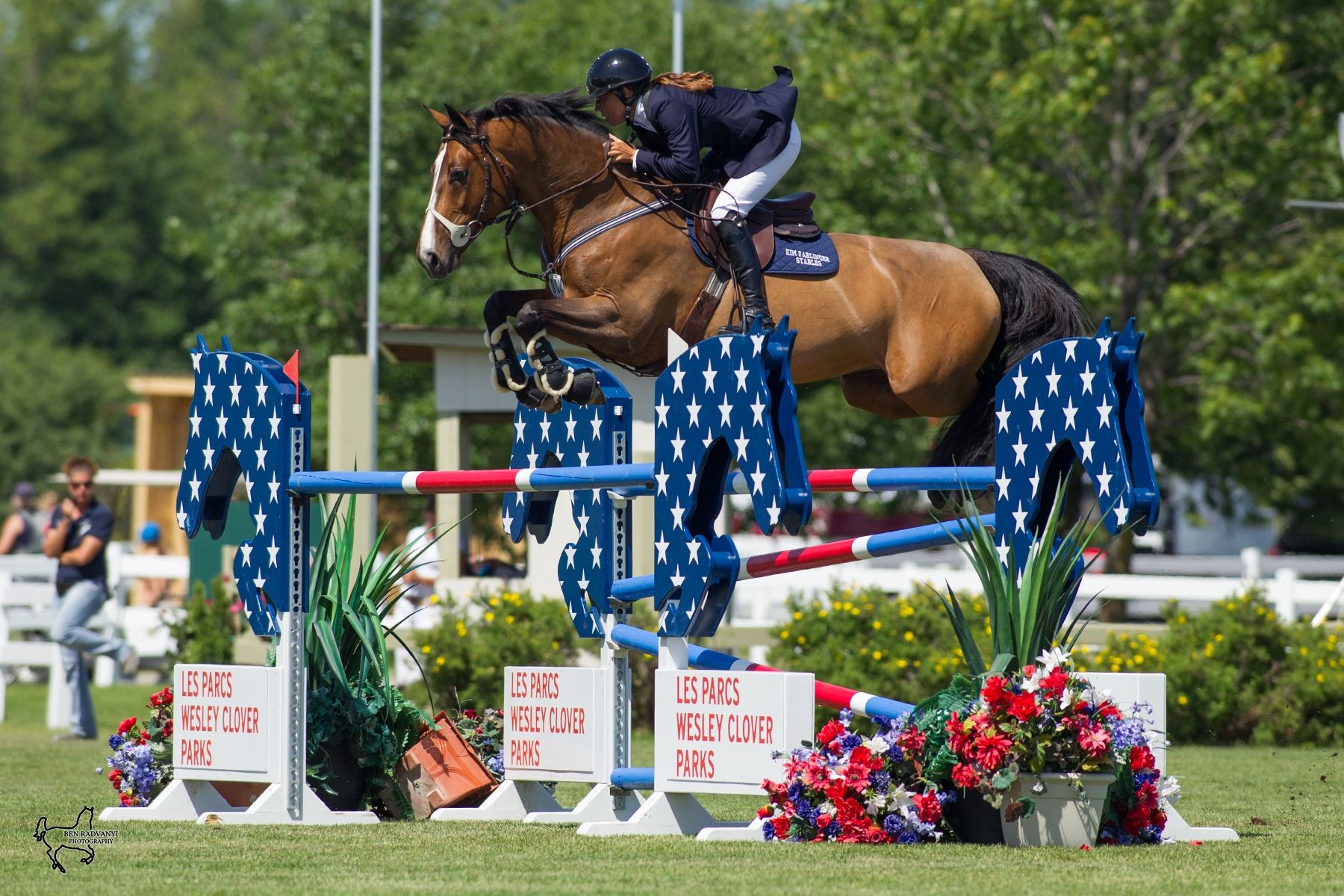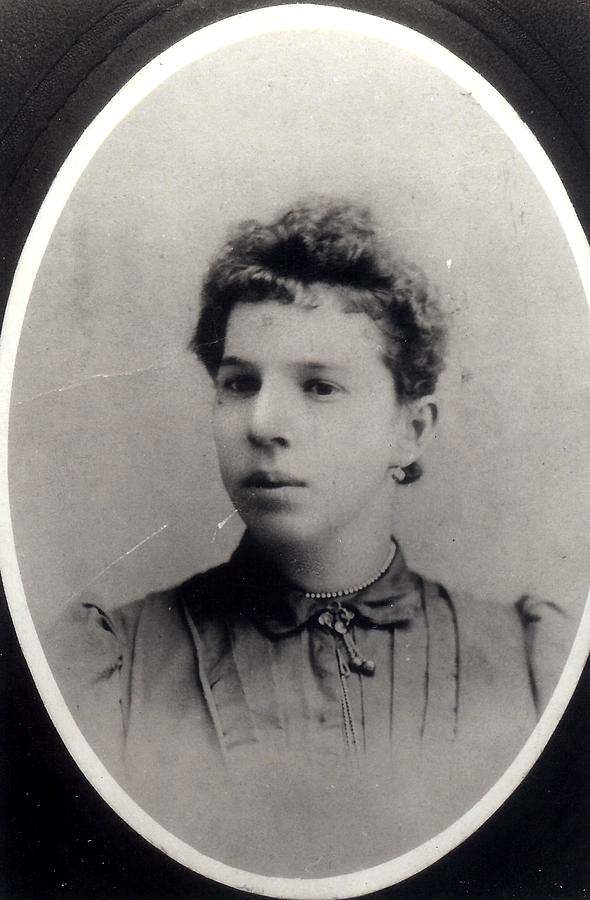
Each cue has a certain level of cue validity, the joint product of availability and reliability. Cues vary in their type (morphological, syntactic, prosodic, semantic, and pragmatic), availability (how often they are present), and reliability (how often they lead to the correct interpretation). The model defines a cue as an information source present in the surface structure of utterances that allows the language user to link linguistic form with meaning or function. Thus, when people learn other languages, they must learn which cues are important in which languages, in order to successfully interpret sentences in any language. According to the model, cue weights are learned inductively on the basis of the extent to which the cues are available and reliable guides to meanings in comprehension and to forms in production.īecause different languages use different cues to signal meanings, the Competition Model maintains that cue weights will differ between languages, and users of a given language will use the cue weights associated with that language, to guide their interpretation of sentences. The model suggests that people interpret the meaning of a sentence by taking into account various linguistic cues contained in the sentence context, such as word order, morphology, and semantic characteristics (e.g., animacy), to compute a probabilistic value for each interpretation, eventually choosing the interpretation with the highest likelihood. The Competition Model was initially proposed as a theory of cross-linguistic sentence processing. The classic version of the model focused on competition during sentence processing, crosslinguistic competition in bilingualism, and the role of competition in language acquisition. According to the Competition Model, patterns in language arise from Darwinian competition and selection on a variety of time/process scales including phylogenetic, ontogenetic, social diffusion, and synchronic scales. It is an emergentist theory of language acquisition and processing, serving as an alternative to strict innatist and empiricist theories. The model focuses on competition during sentence processing, crosslinguistic competition in bilingualism, and the role of competition in language acquisition. The claim in MacWhinney, Bates, and Kliegl (1984) is that "the forms of natural languages are created, governed, constrained, acquired, and used in the service of communicative functions." Furthermore, the model holds that processing is based on an online competition between these communicative functions or motives.

The Competition Model is a psycholinguistic theory of language acquisition and sentence processing, developed by Elizabeth Bates and Brian MacWhinney (1982).

Please help improve this article by adding citations to reliable sources. Tip: herlaad deze pagina voor een nieuwe selectie van gebeurtenissen vanuit Wikipedia.This article needs additional citations for verification.

October 6 » Euridice, the earliest surviving opera, receives its première performance, beginning the Baroque period.August 23 » Battle of Gifu Castle: The eastern forces of Tokugawa Ieyasu defeat the western Japanese clans loyal to Toyotomi Hideyori, leading to the destruction of Gifu Castle and serving as a prelude to the Battle of Sekigahara.August 5 » The Gowrie Conspiracy against King James VI of Scotland (later to become King James I of England) takes place.March 20 » The Linköping Bloodbath takes place on Maundy Thursday in Linköping, Sweden: five Swedish noblemen are publicly beheaded in the aftermath of the War against Sigismund (1598–1599).February 19 » The Peruvian stratovolcano Huaynaputina explodes in the most violent eruption in the recorded history of South America.

Stadhouder Prins Maurits (Huis van Oranje) was from 1585 till 1625 sovereign of the Netherlands (also known as Republiek der Zeven Verenigde Nederlanden).


 0 kommentar(er)
0 kommentar(er)
